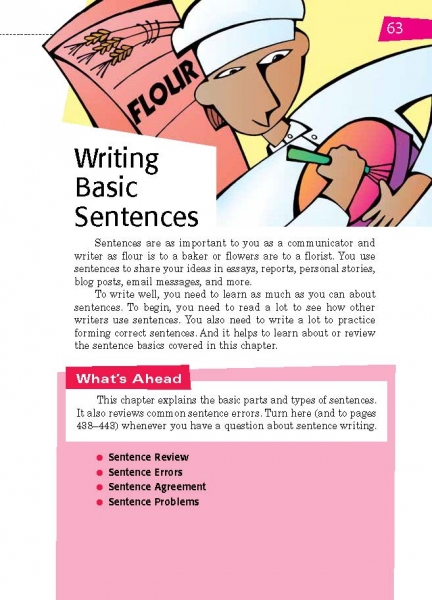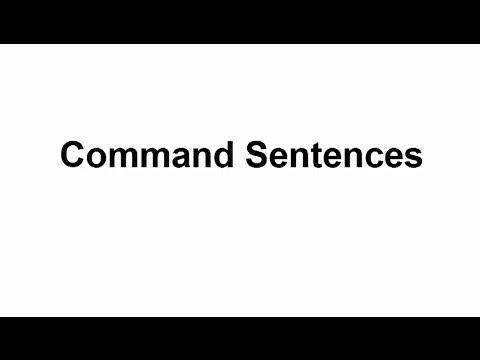Page 063 from

Start-Up Activity
Write the sentences below on the board, but don’t introduce them as sentences. Instead, ask students what these groups of words have in common. When someone says that they are all sentences, ask the class members how they know this for sure. (Each includes a subject and predicate with proper capitalization and end punctuation.) Then read and discuss page 63, which introduces the chapter.
-
Julianna laughs.
-
Clark and Jasmine play violin.
-
Juan runs laps and lifts weights.
Think About It
“Without a verb, even if it is only suggested, there’s nothing going on, just a lot of nouns standing around with their hands in their pockets.”
—Patricia T. O’Conner

Start-Up Activity
Write the sentences below on the board, but don’t introduce them as sentences. Instead, ask students what these groups of words have in common. When someone says that they are all sentences, ask the class members how they know this for sure. (Each includes a subject and predicate with proper capitalization and end punctuation.) Then read and discuss page 63, which introduces the chapter.
-
Julianna laughs.
-
Clark and Jasmine play violin.
-
Juan runs laps and lifts weights.
Think About It
“Without a verb, even if it is only suggested, there’s nothing going on, just a lot of nouns standing around with their hands in their pockets.”
—Patricia T. O’Conner





